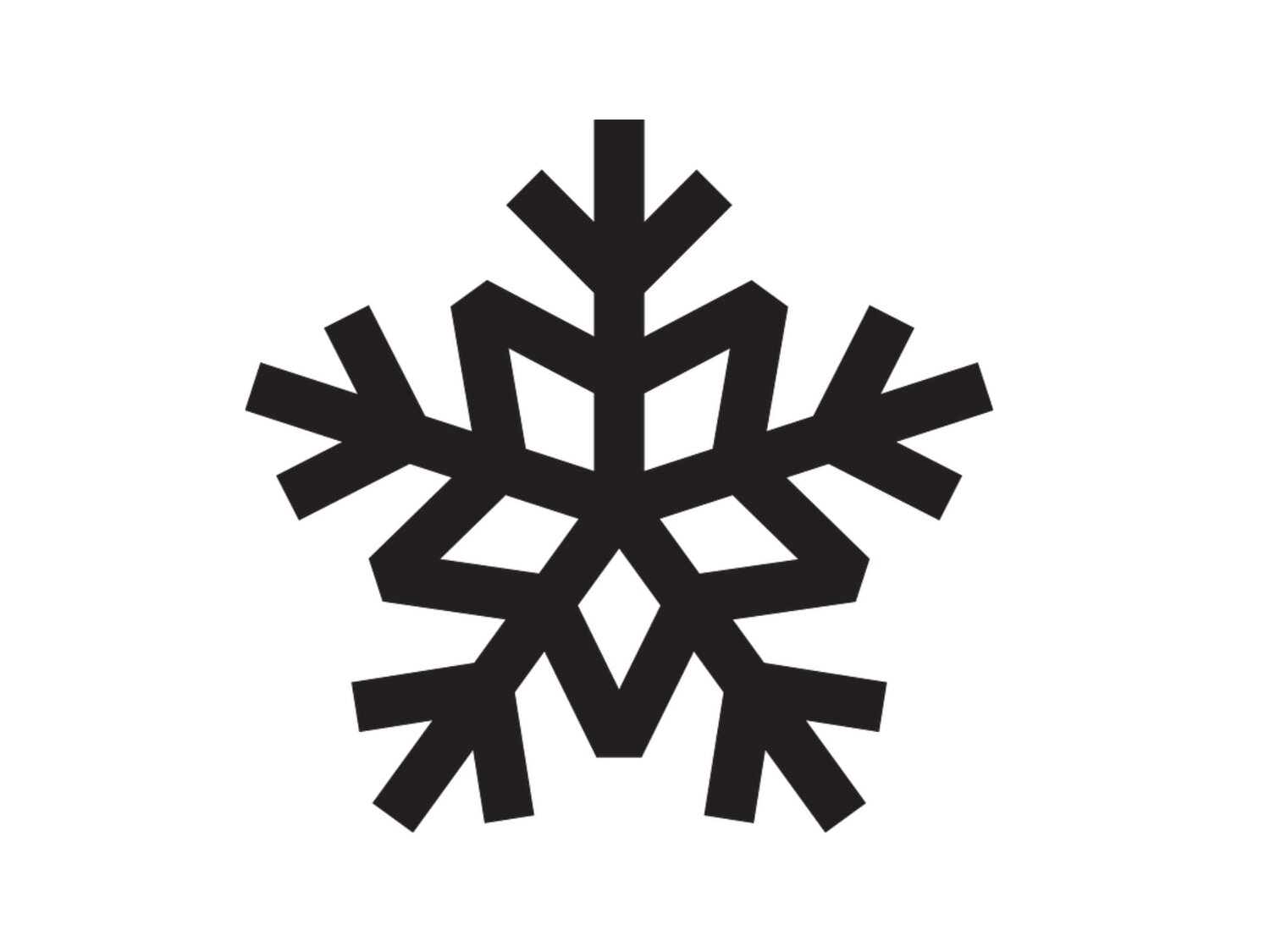A Guide To Choosing The Right Thermal Base Layers For The Southern Winter Snow Season 2023
As the Australian/New Zealand winter snow season fast approaches, it's essential to gear up with the right thermal base layers to stay warm and comfortable during your snow adventures. In this guide, we will explore how to select the perfect thermal base layers specifically tailored for the upcoming winter snow season in Australia and New Zealand. Whether you're planning to hit the slopes for skiing or snowboarding, these tips will help you make an informed decision.
How do I choose a thermal base layer?
When selecting thermal base layers for the Australian/New Zealand winter snow season, keep the following factors in mind:
Fabric: Opt for materials such as merino wool or synthetic blends like polyester that offer excellent insulation, moisture-wicking properties, and breathability. These fabrics will keep you warm, dry, and comfortable in varying weather conditions.
Fit: Look for base layers with a snug fit that allows for easy layering. A close fit helps trap body heat and enhances insulation while allowing freedom of movement.
Comfort: Seek out base layers with features like flat lock stitch seams to minimise chafing and maximise comfort during long hours on the slopes.
What should I look for when buying thermals?
When purchasing thermal base layers for the Australian/New Zealand winter snow season, consider the following aspects:
Quality: Invest in high-quality thermal base layers designed to withstand the demands of snow activities and provide long-lasting durability.
Performance: Choose base layers that offer excellent thermal insulation while also being lightweight and quick-drying. This combination ensures optimal comfort and performance on the slopes.
Layering Compatibility: Opt for base layers that are easy to layer with other snow gear such as jackets, pants, and mid-layers. Look for base layers with a slim profile to prevent unnecessary bulkiness and enhance mobility.
Sustainability: Look for thermals made from recycled materials, such as recycled polyester, and prioritise brands that follow sustainable manufacturing practices.
What is the difference between thermals and base layers?
While the terms "thermals" and "base layers" are often used interchangeably, they both indicate the innermost layer of clothing that regulates body temperature, manages moisture, and acts as the foundation for layering.
What is the best temperature-regulating base layer?
For optimal temperature regulation during the Australian/New Zealand winter snow season, consider base layers with the following advanced features:
Moisture Management: Look for base layers that effectively wick away sweat from your body, keeping you dry and comfortable during active snow sports.
Reathability: Choose base layers with superior breathability to facilitate efficient air circulation and prevent overheating during intense snow activities.
To browse and purchase thermal base layers specifically designed for the Australian/New Zealand winter snow season, we recommend checking out the following collections:
Conclusion:
Choosing the right thermal base layers is crucial for staying warm, comfortable, and fully prepared for the Australian/New Zealand winter snow season. Prioritise not only the technical performance of the base layers but also their sustainability. As outdoor enthusiasts, it's important to make eco-conscious choices and opt for thermal base layers made from sustainable materials. Here are some additional tips for choosing sustainable and eco-friendly options, including those made from recycled synthetic materials.
Recycled Synthetic Materials: Look for thermal base layers that utilise recycled synthetic materials like recycled polyester. These fabrics are created by repurposing plastic bottles or other plastic waste, reducing the demand for virgin resources and diverting waste from landfills.
Sustainable Manufacturing: Consider base layers that are manufactured using environmentally friendly processes. Look for brands that prioritise sustainable production methods, such as using low-impact dyes, minimising water consumption, and reducing carbon emissions.
Certifications: Check for certifications such as Bluesign®, GRS®(Global recycling standard) or OEKO-TEX® Standard 100. These certifications ensure that the thermal base layers are produced using sustainable practices and are free from harmful substances.
Durability and Longevity: Choose thermal base layers that are built to last. Investing in high-quality, durable garments means reducing the need for frequent replacements, which in turn reduces waste and contributes to a more sustainable lifestyle.
Consider Second-hand Options: Explore second-hand or thrift stores for gently used thermal base layers. Buying pre-owned items extends their lifespan and helps reduce the environmental impact associated with new garment production.
By incorporating these tips into your selection process, you can make a positive impact on the environment while enjoying the winter snow season to the fullest.
Remember to visit the following collections to explore sustainable and eco-friendly thermal base layers for the Australian/New Zealand winter snow season:
Incorporate sustainability into your winter adventures by making conscious choices that prioritise both your comfort and the well-being of the planet. Stay warm, enjoy the slopes, and have a memorable Australian/New Zealand winter snow season!
This article has been written by Josh and Morgan from Arctic Eco-Sno.
Want to stay up to date with all the news we find interesting? Make sure you follow us on our socials where we post all the latest updates.
Related Articles







